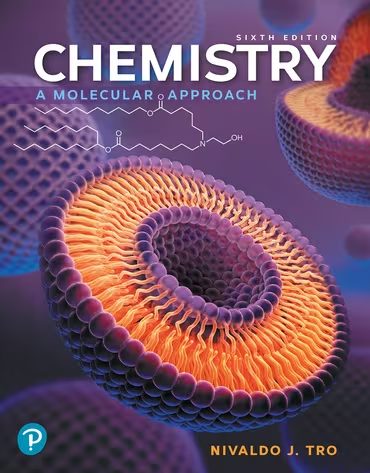Two 25.0-mL samples, one 0.100 M HCl and the other 0.100 M HF, are titrated with 0.200 M KOH.
d. Sketch each titration curve.

 Verified step by step guidance
Verified step by step guidance



Two 25.0-mL samples, one 0.100 M HCl and the other 0.100 M HF, are titrated with 0.200 M KOH.
d. Sketch each titration curve.
Two 20.0-mL samples, one 0.200 M KOH and the other 0.200 M CH3NH2, are titrated with 0.100 M HI. a. What is the volume of added acid at the equivalence point for each titration?
Two 20.0-mL samples, one 0.200 M KOH and the other 0.200 M CH3NH2, are titrated with 0.100 M HI. b. Is the pH at the equivalence point for each titration acidic, basic, or neutral?
Two 20.0-mL samples, one 0.200 M KOH and the other 0.200 M CH3NH2, are titrated with 0.100 M HI. d. Sketch each titration curve.
The graphs labeled (a) and (b) show the titration curves for two equal-volume samples of bases, one weak and one strong. Both titrations were carried out with the same concentration of strong acid.
(ii) Which graph corresponds to the titration of the strong base and which one to the weak base?
Consider the curve shown here for the titration of a weak monoprotic acid with a strong base and answer each question.
c. At what volume of added base does pH = pKa?